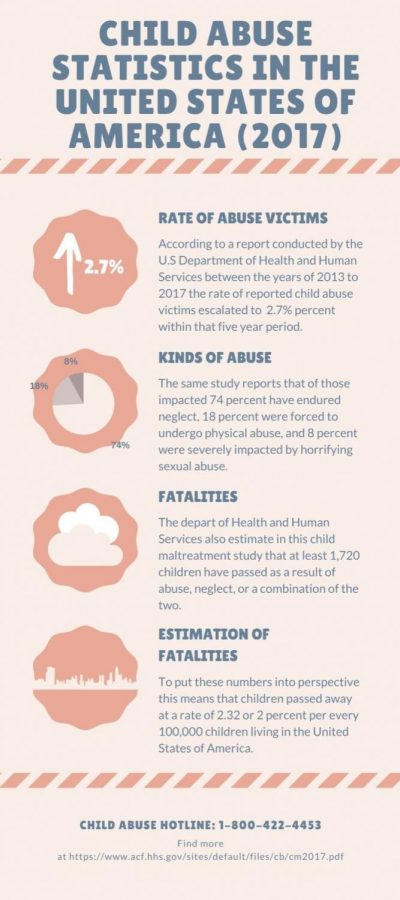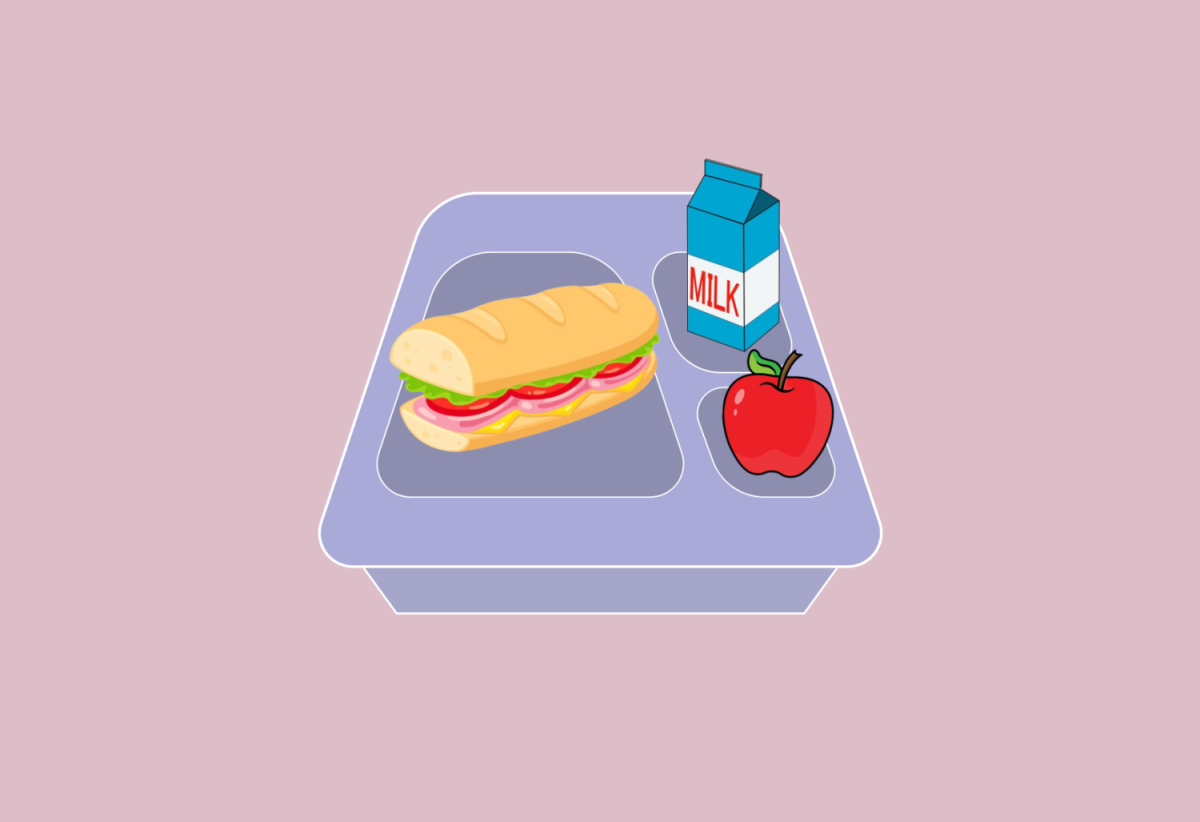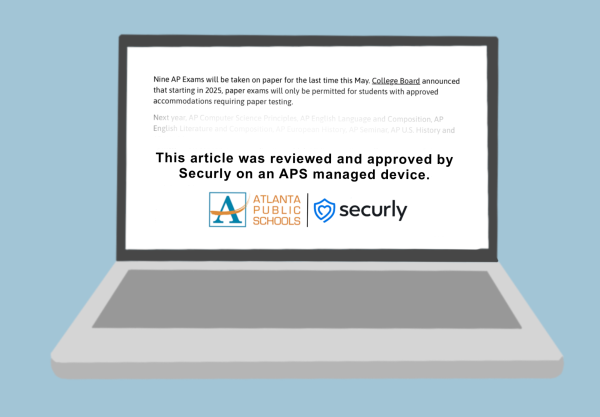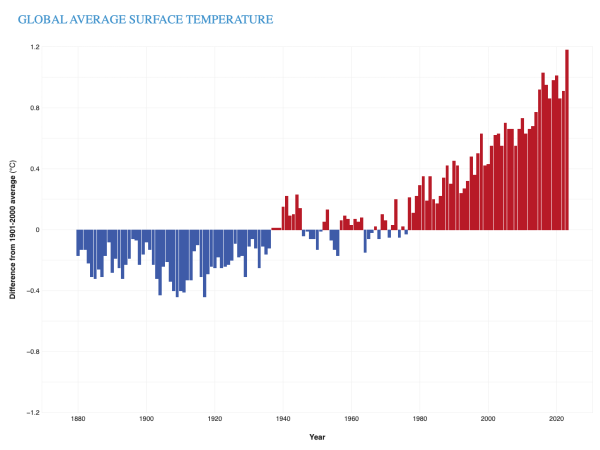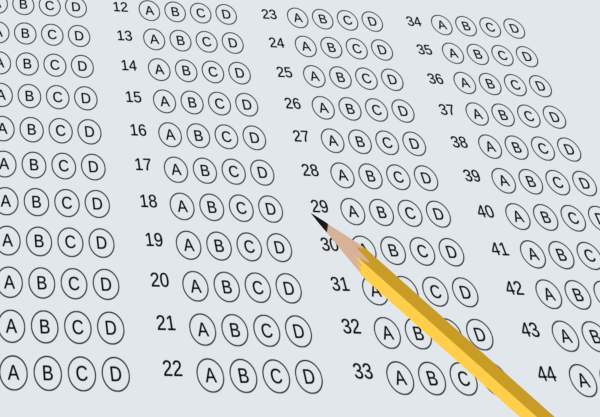Balance of children and parental rights harms everyone in Child Protective Services
The info graphic provides a brief snapshot of the frightening and tragic information that surrounds the childcare system and homes throughout the United States.
March 25, 2020
The whispers of abuse and suffering that run wild in the Department of Child and Family Protective Services are no secret to the media or the public, although we may act that way. Just recently, Netflix released a documentary series, “The Trials of Gabriel Fernandez,” which brought light to the consequences of the flawed system.
But, the fact of the matter is, the system is damaged, no matter how much we try to ignore it.
In 2017, the Department of Health and Human Services issued a report reviewing child maltreatment in the United States. The report found that, in comparison to a study conducted previously in 2013, victims of child abuse had increased by 2.7 percent. The 2017 data also reflected that the majority of victims (74 percent) endure neglect, while nearly 18 percent of victims are physically abused, with the final 8 percent being sexually abused. In addition, the department also estimates that at least 1,720 children have died of abuse and neglect. To put this into perspective this means that children die from abuse and neglect at a rate of 2.32 per 100,000 children nationally.
This report brings up more questions: what else is being kept hidden with federal children’s welfare? Why isn’t more recent data available? How far do the roots of this rotted tree go?
“The Trials of Gabriel Fernandez” is just one method of people attempting to shine a light on the issues concerning the child welfare system. The documentary showcased the serious neglect and miscommunication between adults in various governmental systems up until Fernandez’s death. The prosecution of Gabriel’s four neglectful social workers reached an abrupt end when, in January of 2020, the Los Angeles Times reported that an appeals court threw out the charges against them. Gabriel Fernandez’s case is one of the many stories of preventable death due to disregard and thoughtlessness from all sides.
The other side of the coin is one that reveals a rampant miscalculation and paranoia that also runs deep in the roots of the system. The Atlantic reported a different case where Michelle Weidner, the mother of 5-week-old Jacob Weidner, was accused of physically abusing her baby. This allegation would come after she rushed her child to the hospital for intense vomiting. A hospital resident called the state’s child abuse hotline after misdiagnosing that Jacob had a skull fracture. Later, the claims of the skull fracture would be disproven by a neurologist.
Following the call, Michelle Weidner and her family were forced to undergo an extensive 97-day experience with Child Protective Services, where they repeatedly threatened the removal of her children, despite no evidence being found of abuse.
These two cases show a distinct disconnect between governmental services implemented for the protection of children and families and how those disconnects can lead to trauma and hardship on both sides. The Weidner case showcases how increased and unfounded scrutiny has led to the trauma of a family, while Fernandez’s case illustrates how much callousness runs in the system.
These cases show the system is flawed at its very foundation. In the grass, trunks and leaves of this powerful governmental entity lies rotting.
Although there have been cases where children have been saved and put into better homes, these cases force us to evaluate the effectiveness of our system and how we can damage others in the crosshairs. The pendulum of child protective services only seems to swing from one end to the next, never truly finding the balance between protecting families and protecting children. These flaws not only make us question the effectiveness of our systems but also what that ineffectiveness leads to and why, for that matter, are we doing nothing about it?


